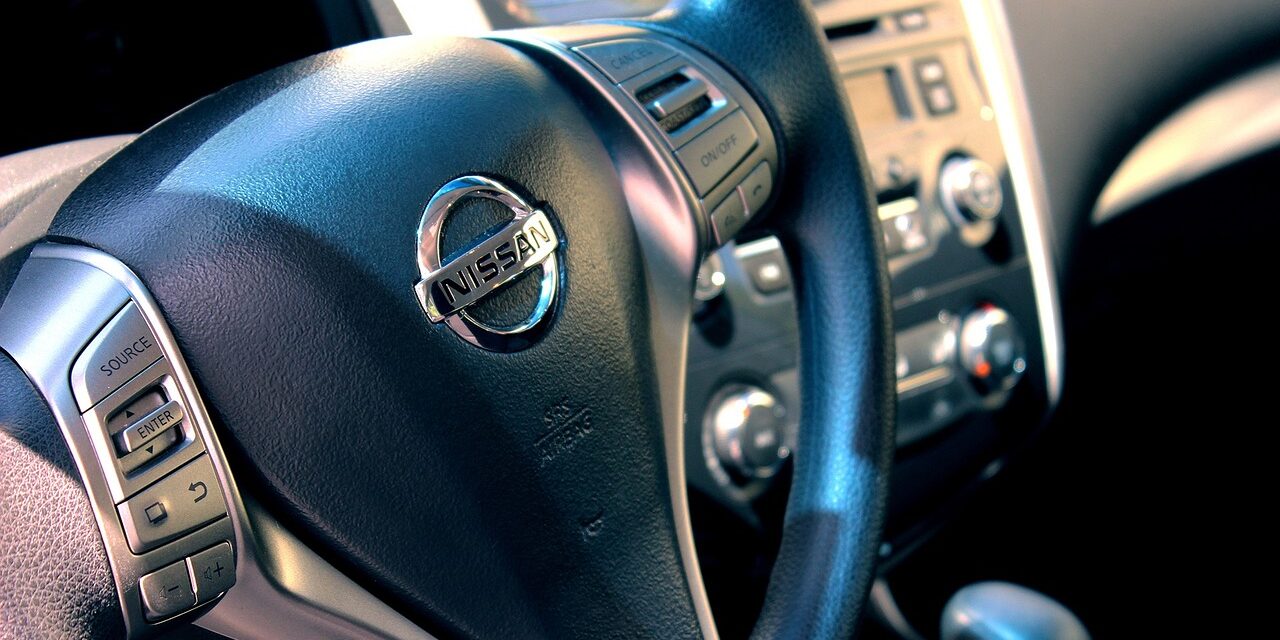Japanese automobiles have established a formidable reputation globally, recognized for their reliability, technological innovation, efficiency, and value. As global automotive markets evolve, the prominence of Japanese car manufacturers such as Toyota, Honda, Nissan, Subaru, and Mazda continues to endure. This essay delves into the defining characteristics of Japanese cars by examining their historical context, technological advancements, consumer appeal, and role in the global market.
Historical Context
The modern Japanese automobile industry began post-World War II, in the 1950s, when manufacturers sought to rebuild the economy. In 1955, the Tōyō Kōgyō Co. (later Mazda) introduced the Mazda R360, and by 1966, Toyota launched the iconic Toyota Corolla, which became one of the best-selling cars worldwide. The Japanese automotive market rapidly grew, facilitated by government policies aimed at fostering domestic manufacturers. By 1970, Japan had become the second-largest car producer in the world, overtaking the United States shortly thereafter in the late 1970s.
Japanese cars gained a significant competitive edge during the 1970s oil crisis, where fuel-efficient models resonated with cost-conscious consumers. This ingenuity in responding to market demands laid the groundwork for Japanese automakers to dominate the compact vehicle segment, characterized by their economical operation and smaller footprint.
Technological Advancements
Innovation is a cornerstone of Japanese automotive design. In an industry where technology steeply influences consumer choices, Japanese manufacturers excel in engineering advancements that enhance performance and safety. Notably, the introduction of technologies such as Variable Valve Timing (VVT) by Honda in the 1990s marked a significant leap in engine efficiency and performance. VVT optimizes engine performance across various RPM ranges — a boon for fuel economy and drivability.
Moreover, Japanese automakers have been at the forefront of hybrid technology, epitomized by the Toyota Prius, which was launched in 1997. This groundbreaking vehicle pioneered a new segment in the market, establishing hybrid technology as a viable alternative to traditional gasoline engines. As of 2021, Toyota had sold over 15 million hybrid vehicles worldwide, solidifying its position as a leader in sustainable transportation.
Advanced safety features also reflect Japanese manufacturers’ commitment to innovation. The introduction of the Toyota Safety Sense package, which includes adaptive cruise control and lane departure alert, demonstrates how Japanese cars prioritize occupant safety while integrating cutting-edge technologies.
Consumer Appeal
A defining characteristic of Japanese cars is their exceptional reliability. According to the 2022 J.D. Power Vehicle Dependability Study, Japanese brands consistently rank among the highest for long-term reliability. Toyota and Lexus have frequently claimed top spots, with many models achieving longevity exceeding 200,000 miles with minimal maintenance. This reliability translates to lower ownership costs and higher resale values, making Japanese cars an attractive option for consumers worldwide.
In terms of pricing, Japanese automakers offer a broad spectrum of models catering to diverse consumer needs. The affordability of their vehicles, coupled with their high-quality construction, positions them favorably in the competitive automotive market. The excellent value proposition of Japanese cars is evident in their strong resale demand; vehicles from manufacturers such as Honda and Toyota typically depreciate at a slower rate than their competitors.
Global Market Impact
The influence of Japanese cars on the global automotive market cannot be overstated. As of 2023, Japan continues to rank as the third-largest automobile producer in the world, with approximately 9.6 million vehicles produced annually. Exports play an equally significant role, with more than 50% of Japanese car production shipped to foreign markets, notably North America, Europe, and Asia.
In addition, several Japanese car manufacturers have established significant production facilities abroad, effectively responding to regional demands while mitigating tariff impacts. Toyota, for instance, is the largest shareholder in the North American automotive market, with a reported $27 billion investment across North American production and supplier networks.
Conclusion In conclusion, the characteristics of Japanese cars are a reflection of a rich historical legacy intertwined with continuous innovation, reliability, and consumer-centric design. As the automotive landscape evolves towards electrification and sustainability, Japanese manufacturers stand poised to maintain their competitive edge. With a steadfast commitment to quality, technological advancement, and understanding of consumer needs, Japanese automobiles will continue to shape the future of mobility on a global scale. Such attributes underscore why Japanese cars remain a leading choice for consumers around the world and why they set benchmarks for the automotive industry.

